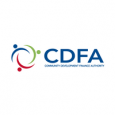Drinking Water State Revolving Fund
DWSRF provides low-interest financing for community public water systems and non-transient nonprofit water systems infrastructure projects.
The 1996 Amendments to the Safe Drinking Water Act created a Drinking Water State Revolving Fund (DWSRF) to provide assistance in the form of low-interest loans to public water systems to finance the cost of drinking water infrastructure. Public water systems eligible for this program include all publicly and privately owned community water systems and non-transient non-profit public water systems.
In addition, funds are used to promote proactive drinking water measures such as source water protection, operator certification, small system technical assistance/capacity development and program administration.
For over 20 years, NHDES has funded approximately $306 million for drinking water infrastructure improvement projects.
The primary types of projects funded by the DWSRF program include replacement of aging water pipes and meters, installation of new wells, pumphouse and treatment system upgrades, interconnections, and construction of storage tanks.
Benefits of the DWSRF
- Below-market interest rates with no closing costs.
- No pre-payment penalty.
- Principal forgiveness is available to eligible water systems to make infrastructure projects more affordable.
- Interest during construction is 1% until project completion.
- Repayment begins 1 year after substantial completion (6 months for privately owned systems).
- Simple loan process.
How to apply for a DWSRF loan
The DWSRF Program solicits pre-applications annually in the spring of each year. All pre-applications are ranked based upon the criteria outlined in the Intended Use Plan (IUP).
A project priority list (PPL) is created according to the calculated project ranking and selection to receive DWSRF funding.
The DWSRF Program publishes the draft PPL in July of each year and distributes for public comment in August of each year.
- Submit a Pre-application
In order to be considered for funding, a pre-application is required. DWSRF staff are available to discuss your project(s) or any other questions you may have. - Final Application
Eligible applicants selected for funding are required to submit a final application by spring of the following year.
Resources
Related Content
Did you know?
Did you know?
A portion of the DWSRF is used to fund non-construction projects that help improve and protect drinking water. Learn more about other funding opportunities.
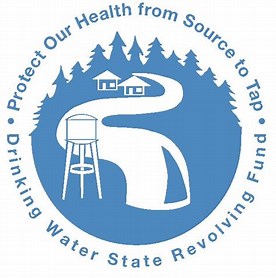
Intended Use Plan Helps Guide Funding Decisions of the DWSRF
Each year the DWSRF program publishes an Intended Use Plan (IUP), which explains how the DWSRF funding annual capitalization grant provided by the federal government will be used. Each IUP involves a public hearing and comment period, a project priority list and an explanation about how money will be used to meet funding requirements.
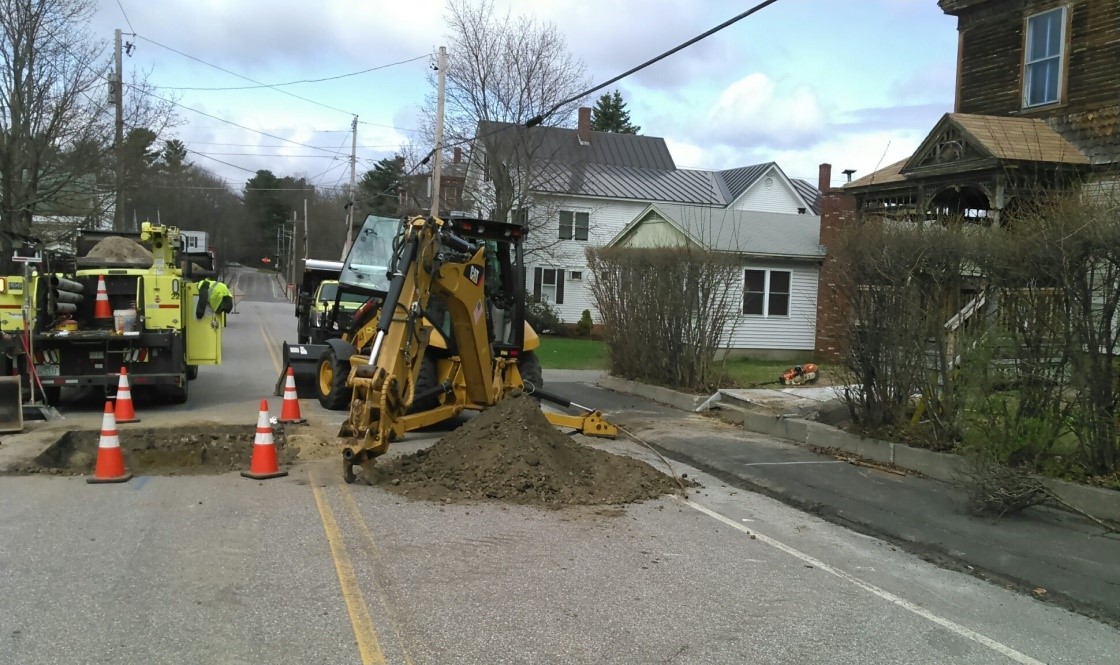
Project Priority Lists Based On a Ranking System
An integral part of the IUP is the Project Priority List (PPL), which is a list of projects that have requested funding in a particular year prioritized according to the ranking system that is outlined in the IUP. The DWSRF maintains a PPL for each year in order to ensure that all program requirements for an individual capitalization grant are met.
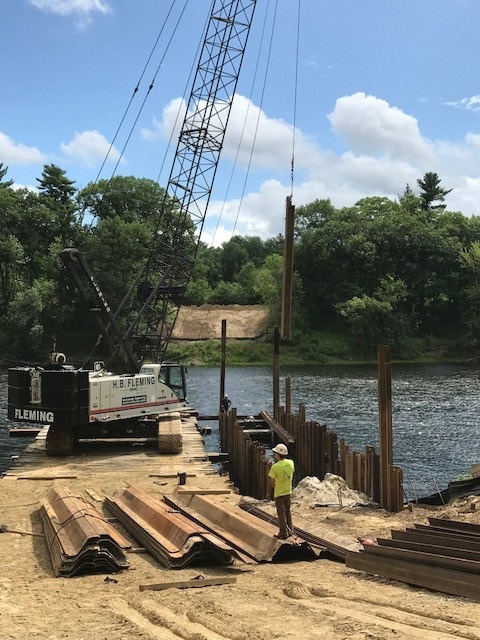
DWSRF Reports On the Accomplishments Achieved
To highlight the success of the DWSRF program and the importance of investing in drinking water infrastructure improvements, NHDES periodically publishes reports on the accomplishments achieved.
Final Application for DWSRF Projects
The Final Application Checklist for Drinking Water Infrastructure Projects outlines the required forms and documentation associated with securing a DWSRF loan.
Loan Process
Loan Approval: Upon receipt of the final application materials, the DWSRF Program will develop loan documents for approval by Governor and Council. Once the loan documents are approved (formal closing required for privately owned systems) and the environmental review is complete, project construction can begin and funds can be disbursed.
Disbursements: Funds can be disbursed, no more than monthly, upon receipt of a disbursement request from the borrower, provided all required documentation is received. Non-construction project related costs (i.e. design preparation and bid solicitation) may be eligible for reimbursement once the loan agreement is in place. During construction, interest will be calculated at 1% on funds disbursed. Construction interest may be paid at first repayment or it may be capitalized over the life of the loan (as long as adequate loan funds are available).
Design and Construction: DWSRF projects require the preparation, submittal, and approval of engineering design plans and a competitive bid process. After bids are solicited and a contractor is selected from the lowest responsible bidder, NHDES issues an Authorization to Award and project construction may commence. Bid specification front-end documents are provided by NHDES.
Project Signs: Projects funded through federal programs are required to display signage at construction sites to increase transparency and make the effectiveness of Government efforts to rebuild the Nation’s infrastructure visible to the public. Individual funding sources will have different signage requirements. Refer to your Funding Approval Letter and confirm with your Project Manager which sign template to use.
- DWSRF Sign Guidance - This is the base-level guidance all signs should follow
- DWSRF Sign Guidance in Combination with the Bipartisan Infrastructure Law (BIL) - This guidance details the specific sign requirements of the Bipartisan Infrastructure Law and how they can be blended with DWSRF requirements into one sign.
Downloadable PDF construction sign templates by funding program:
- DWSRF-only
- DWSRF in combination with the American Rescue Plan Act of 2021
- DWSRF in combination with the Bipartisan Infrastructure Law
- DWSRF in combination with the Clean Water State Revolving Fund
- DWSRF in combination with the Drinking Water and Groundwater Trust Fund
- DWSRF in combination with the PFAS Remediation Grant and Loan Fund
- DWSRF in combination with the Water Infrastructure Improvements for the Nation
- Signage templates provided by other programs
- PSD template files for sign makers are available by request to DWSRF@des.nh.gov.
Project Certification: NHDES requires various certifications to document project completion such as:
- Asset Management Plans
- Substantial Completion
- Final American Iron and Steel Certification
- Final Completion certifications
Federal provisions: The DWSRF Program is federally funded through the Environmental Protection Agency (EPA) and is subject to federal provisions including:
- Davis-Bacon and Related Acts (DBRA): Ensures that employees working on federally funded public works projects receive locally prevailing wages for their work.
- American Iron & Steel (AIS): Requires all iron and steel products be produced in the United States.
- Build America Buy America (BABA): Requires all iron, steel, manufactured products, and construction materials be produced in the United States.
- Disadvantaged Business Enterprise (DBE): Empowers disadvantaged businesses to bid competitively on construction projects.
- Environmental Review: Required for all water infrastructure projects to ensure potential environmental or socioeconomic impacts are considered, the public is informed, and the project meets all federal, state, and local requirements.
- Single Audit: Sub-recipients of federal financial assistance are subject to the requirements of the federal Single Audit Act of 1984, as amended by the Single Audit Act Amendments of 1996.
A table of requirements and applicable federal provisions for all drinking water infrastructure projects administered by NHDES is available to download. Throughout the construction process NHDES will work closely with the loan recipient, engineers, and contractors to ensure compliance with the applicable federal provisions.
Learn more about the federal provisions that apply to SRF projects.
Asset Management & Business Plans
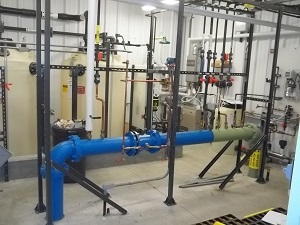 Asset Management (AM) is a systematic process of operating, maintaining, upgrading and disposing of assets cost-effectively while maintaining a level of service that is acceptable to the customers. An asset management plan is the key to successfully communicating with management and customers about the system’s needs and to identify the best financial strategy to address those needs. The DWSRF Program requires that an asset management maintenance and renewal plan (AMRP) be developed for the funded asset(s). A system-wide AM Plan is not required by the DWSRF program although it is strongly encouraged. The cost to develop an AM Program for the entire water system, including any studies, software, training, or the use of consultants, is an eligible expense under the DWSRF program.
Asset Management (AM) is a systematic process of operating, maintaining, upgrading and disposing of assets cost-effectively while maintaining a level of service that is acceptable to the customers. An asset management plan is the key to successfully communicating with management and customers about the system’s needs and to identify the best financial strategy to address those needs. The DWSRF Program requires that an asset management maintenance and renewal plan (AMRP) be developed for the funded asset(s). A system-wide AM Plan is not required by the DWSRF program although it is strongly encouraged. The cost to develop an AM Program for the entire water system, including any studies, software, training, or the use of consultants, is an eligible expense under the DWSRF program.
At a minimum, the DWSRF program AMRP should consist of the following components:
- Commitment to an Asset Management, Financing and Implementation Strategy and
- Inventory of Asset(s).
Systems that already have an AM Plan/Program in place simply need to provide a justification that their program meets the minimum requirements and proof of the incorporation of the new asset(s) into their existing AM Program. A Business Plan is a documented multifaceted assessment of the present and future managerial and financial capacity for small water systems and includes an inventory of water system assets, including an asset condition assessment that are the basis of ongoing Asset Management (AM) planning. Learn more about the Asset Management Program.
Disadvantaged Community System Assistance Program
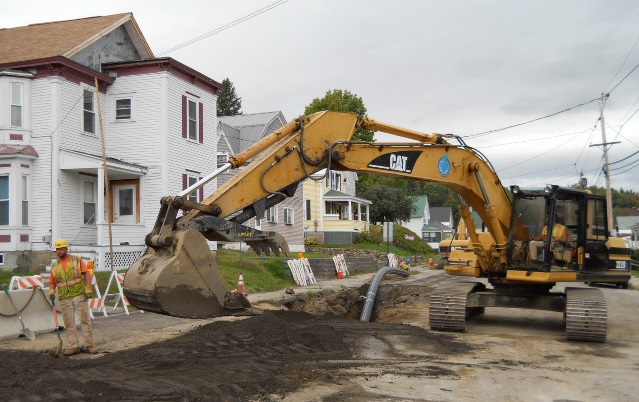 A disadvantaged community or system includes:
A disadvantaged community or system includes:
-
Financially Disadvantaged Water Systems - Non-transient public water system or community that serves residents whose median household income (MHI) is less than the statewide MHI based on the most recent census data and/or income survey. If an applicant for DWSRF assistance meets the definition of “disadvantaged” and if the water rate exceeds the statewide affordability criteria, it may be eligible for subsidies from the Disadvantaged Community/System Program. Subsidies will be available in the form of principal forgiveness. This program only applies to infrastructure projects; and
-
Environmentally Disadvantaged Water Systems - Non-transient public water system or community that is:
-
Affected by environmental pollution, naturally occurring contaminant(s) and/or has lead in the water supply or service lines; and
-
Is at risk for negative health effects due to contamination and/or there is water supply or lead service lines containing lead.
-
The level of subsidy is determined by using an Affordability Index, which is calculated by dividing the project user rate by the community or community system’s MHI. Loans, rates and terms for this program will be the same as those for standard project loans. Disadvantaged systems may be eligible for a 30-year loan term.








